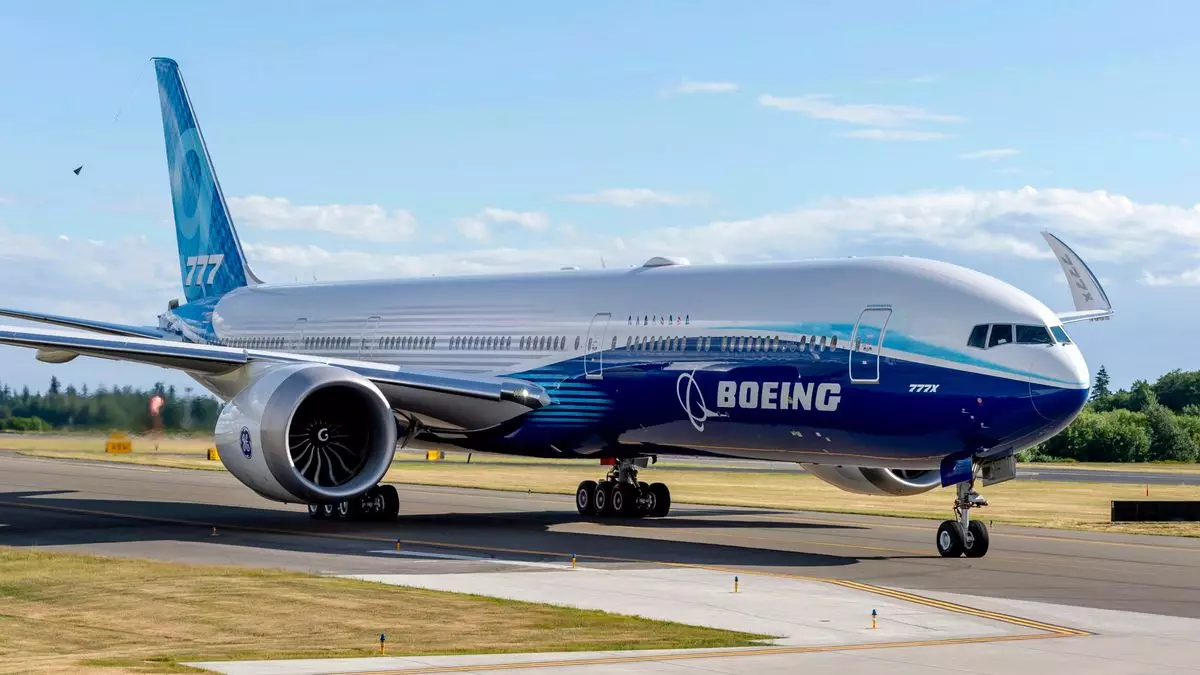The ongoing strike involving Boeing machinists has become a significant event not only for the company but also for the broader aerospace industry. The International Association of Machinists and Aerospace Workers represents approximately 33,000 workers who have rallied since September 13, after overwhelmingly rejecting an earlier contract proposal. The machinations of this labor action reflect the complex dynamics between labor unions, management goals, and economic ramifications. Recent developments have shown negotiation progress as both parties strive to reach an agreement, but the challenges remain substantial.
Boeing’s latest contract proposal marks an upward revision aimed at addressing worker grievances. This new proposal includes a proposed 35% pay increase over the next four years, which supersedes the former offer of 30%. Interestingly, while this increase is noteworthy, it still falls short of the workers’ original expectation of a 40% raise. The ratification bonus has also been increased to $7,000, a gesture meant to ease workers’ immediate financial pressures during the strike.
Despite these improvements, the negotiation process has been revealing in terms of worker priorities. A significant element on the bargaining table is the traditional pension plan which the union members have been advocating for but remains absent in the latest offer. Instead, Boeing has proposed enhancements to the 401(k) contributions that would be matched, aiming to provide some level of retirement security for its employees.
Union leadership has understood the importance of this negotiation, emphasizing worker solidarity and the need for a contract that truly reflects the value of their labor. The involvement of acting Labor Secretary Julie Su hints at heightened scrutiny and concern from the federal government about the economic ripple effects stemming from the halt in production.
The impact of the strike extends beyond immediate worker wages; it also influences investor confidence and raises concerns about supply chain interruptions. The union’s leadership, wary of past miscalculations regarding member sentiment, has exercised caution in endorsing the new offer. Their statement indicated that while it remains “worthy of consideration,” the ultimate decision lies with the workers who must weigh the options presented against their broader goals.
The strike and ongoing negotiations occur against a backdrop of significant economic stakes, particularly for Boeing. The company has already signaled the potential for extensive layoffs—approximately 17,000 workers could be affected if production recovery does not happen soon. Essential aircraft models, such as the 737 Max, remain idle as workers in Washington state, Oregon, and California uphold their strike. The impact is also felt among suppliers, with Spirit AeroSystems announcing impending furloughs of 700 workers, highlighting the interconnectedness of the aerospace employment ecosystem.
Moreover, Boeing’s new CEO, Kelly Ortberg, faces the challenge of not just resolving this strike but also ensuring the company’s financial viability amidst ongoing production struggles. The decision to explore raising capital through stock or debt indicates a critical moment for Boeing as it navigates through a tumultuous business landscape exacerbated by this strike.
As the ratification vote approaches, the outcome could define Boeing’s operational and labor landscape in the coming years. The negotiations highlight not only the difficulties facing Boeing and its employees but also the broader themes of labor rights, economic pressure, and corporate accountability in America’s industrial landscape.
Ultimately, the choices made in the next few days will not only dictate the livelihoods of thousands of workers but also shape the future trajectory of one of the most iconic aerospace manufacturers in the world. As the workers weigh their options, the resolution of this strike shines a light on the delicate balance of power in labor relations and the ongoing fight for fair compensation in the aerospace industry.


Leave a Reply